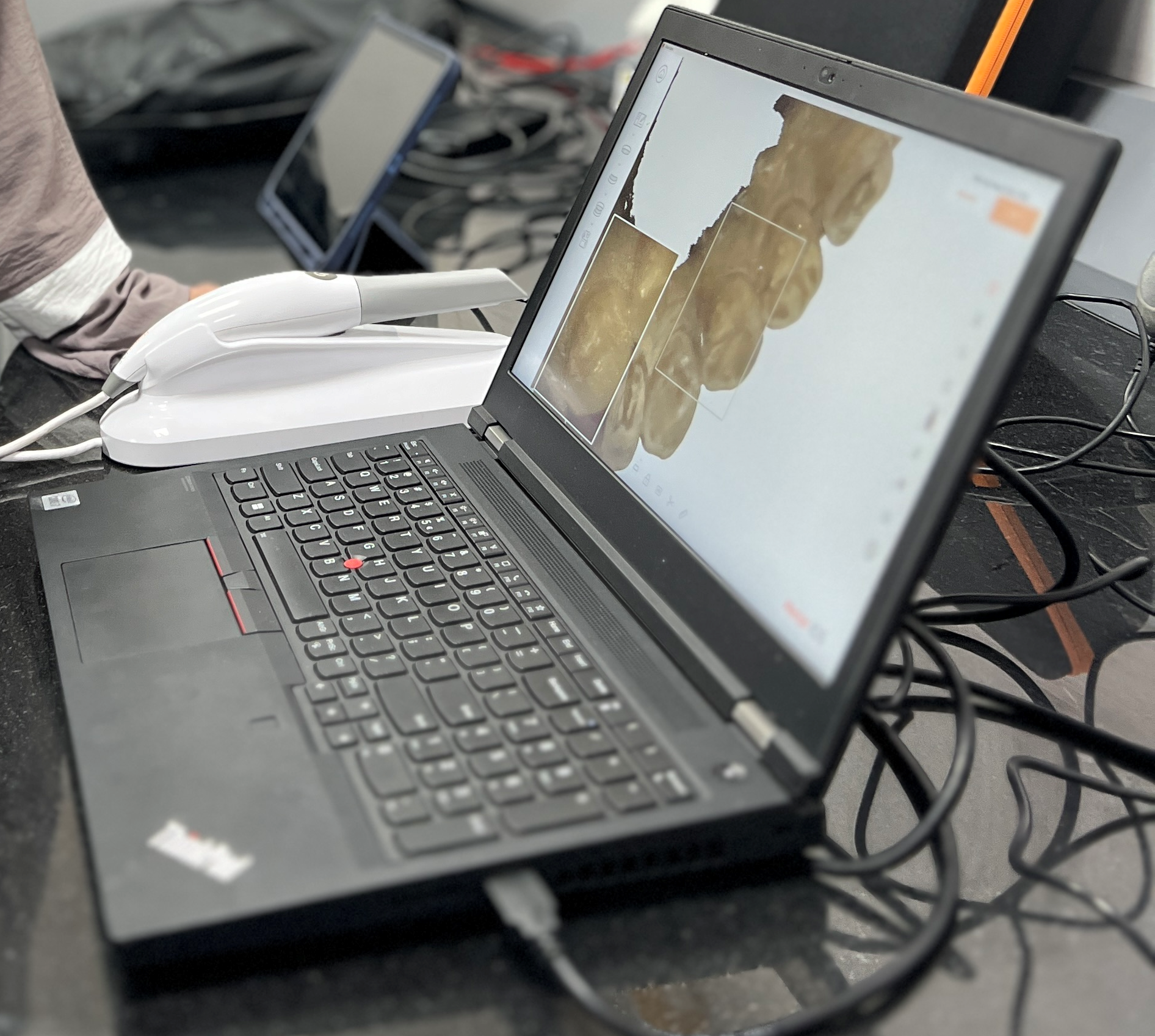Books as Fuel for the Design Mind | Reviving the habit of reading
“…a mind needs books as a sword needs a whetstone, if it is to keep its edge.”
– George R.R.Martin, A Game of Thrones
With more and more technologies in the field of visual communication and design, film making, animation, virtual reality taking over, plus movies being made from novels and books, people are slowly moving away from reading as a habit. It has been commonly observed that designers are more habituated towards expressing themselves through visuals, drawings, infographics, models and a lot of image-based communication. Thus, the patience to read, understand, imagine becomes an extra task of visualisation.
| Visualisation is an important natural means to enhance creativity. Designers are known for their power of putting imagination into reality. Visualisation is not an overnight thing. It is a result of the experiences combined with imagination which together give rise to certain thought processes. It arises from a background of certain research, happenings, reality, challenges, dreams, thoughts, whatever goes in and around people’s daily lives. It can be either situation or task-based. It can also be a need, requirement, project-based. But the baseline is, the mind needs to keep running, creating new thoughts to be able to visualise. Later to be able to translate it into a common medium, designers take to combining them with their skills to express their imagination clearly. |
But, for the mind to be constantly generating new ideas, it needs to be kept sharp, active, and pure. To keep the mind active, you need fuel. And one of the most important forms of it can be ‘Reading Books’.
The habit of reading is often fed to school students, where they are exposed to a variety of subjects as part of the courses. The fun involved there is reading apart from the routine subjects. Books talk about history, real stories, fictional stories, could be fairy-tales, could be spiritual as well. The importance lies with the kind of information that gets translated inside the mind- the refining of ideas, the churning of the mind, the continuous thought processes of generating and re-generating ideas. But with the constant pace of life, choice of profession, lifestyle, time and responsibilities, reading becomes just a hobby. This slowly becomes an extra time-based task, which gets easily cancelled or replaced with other important tasks. The need for reading changes with the evolution of age, profession, and time. But seldom is it understood that reading would rather allow for the refuelling of thoughts and improving the communication skills to a great extent than just whiling away some time or indulging in a hobby.
Books instigate Imagination.
Books re-generate our thought processes.
Books help in improving visualisation.
Reading books enhances the mind’s potential to re-generate ideas. Reading motivates oneself to think beyond reality without ignoring facts. Thus, it is important to understand here, that ‘visualisation’ becomes strong, healthy, re-fuelled and enriched with reading often. As design professionals, the idea of talking and expressing not only lies in the drawing processes but needs to develop as a strong vocabulary.
To make it simpler to understand, let’s take a simple example:
The designer’s mind is like soil. If the same plants, like tomatoes, are grown in one type of soil, the nutrients are going to fall short someday. But if different plants like lentils, root plants are also grown on an alternative basis in the same soil, the nutrients keep cycling in an additive manner and make the soil richer and better. Similarly, if the mind is introduced to different activities along with the routine profession it becomes richer by thinking in different directions and being exposed to a lot more different possibilities. One such activity that is being referred to here is reading books. Books are one type of plant for the soil that is the designer’s mind. They add to the way the mind thinks and enhances the thought processes differently than a usual design project would do. Reading is also like an exercise for keeping the mind healthy. Versatile reading helps to keeps the thoughts fresh and new, at the same time trains the designer to accept challenges and changes.
Along with the habit of reading, the selection of books also becomes very important. Words are like swords waiting to make a difference. The question often asked – is reading important or reading books important? Well, when reading is referred to as an independent term, it can be reading just anything – even newspapers and articles. Initially reading anything could be just fine to improve vocabulary and grammar skills. But over time developing a habit of reading books specifically enhances the power of visualisation and imagination to a larger extent.
Concluding here, many designers have different opinions on this topic. Some may disagree arguing the fact that books lure you to think in a particular direction. They mould the thought processes and restrict them from making opinions on a creative basis. On the other hand, designers having a habit of reading books daily would share a different opinion upon this. For them, books come with a storm of thoughts, images, visuals, all difficult to control. They help in connecting with people and relating to situations better. They prepare designers to look at challenges and derive design solutions from a different perspective.
So, if you have a book lying beside you somewhere, try giving it a chance.
Author & Illustration designer:
Kriti Malkani, Assistant Professor, School of Interior Design, Unitedworld Institute of Design (UID)
Disclaimer: The opinions / views expressed in this article are solely of the author in his / her individual capacity. They do not purport to reflect the opinions and/or views of the College and/or University or its members.






